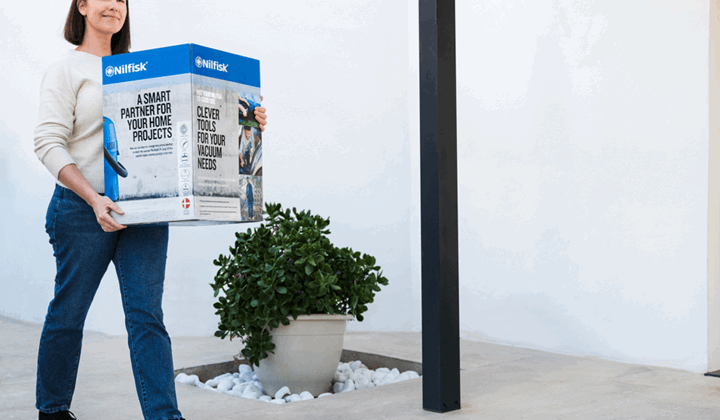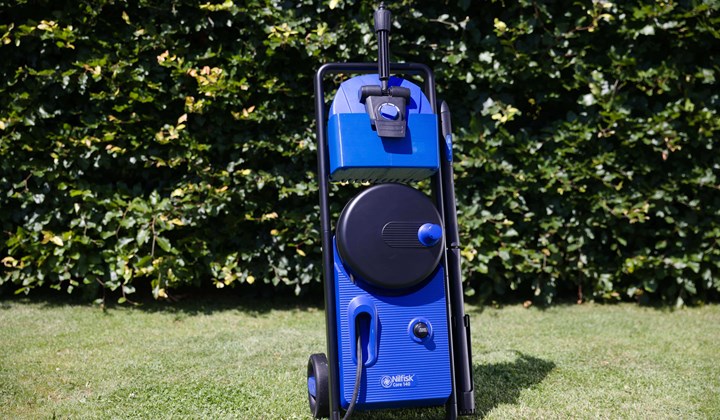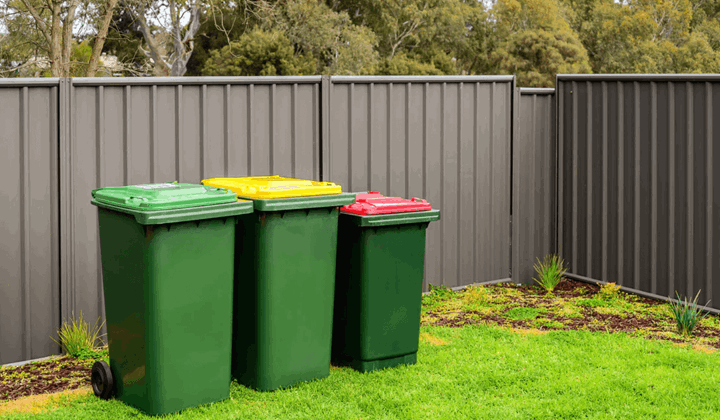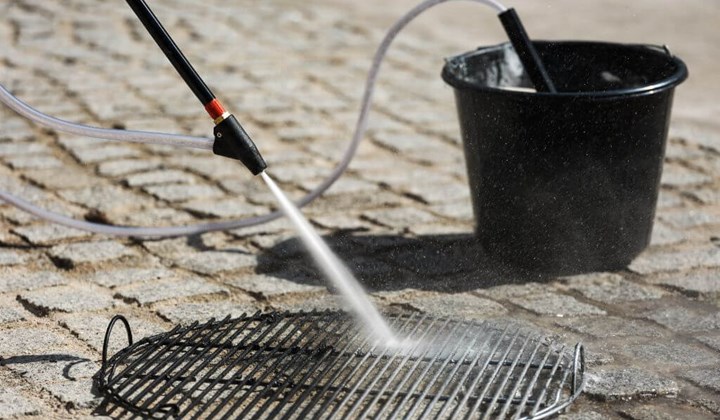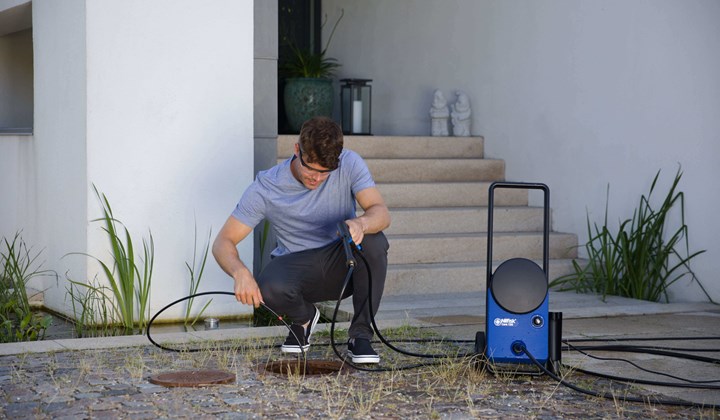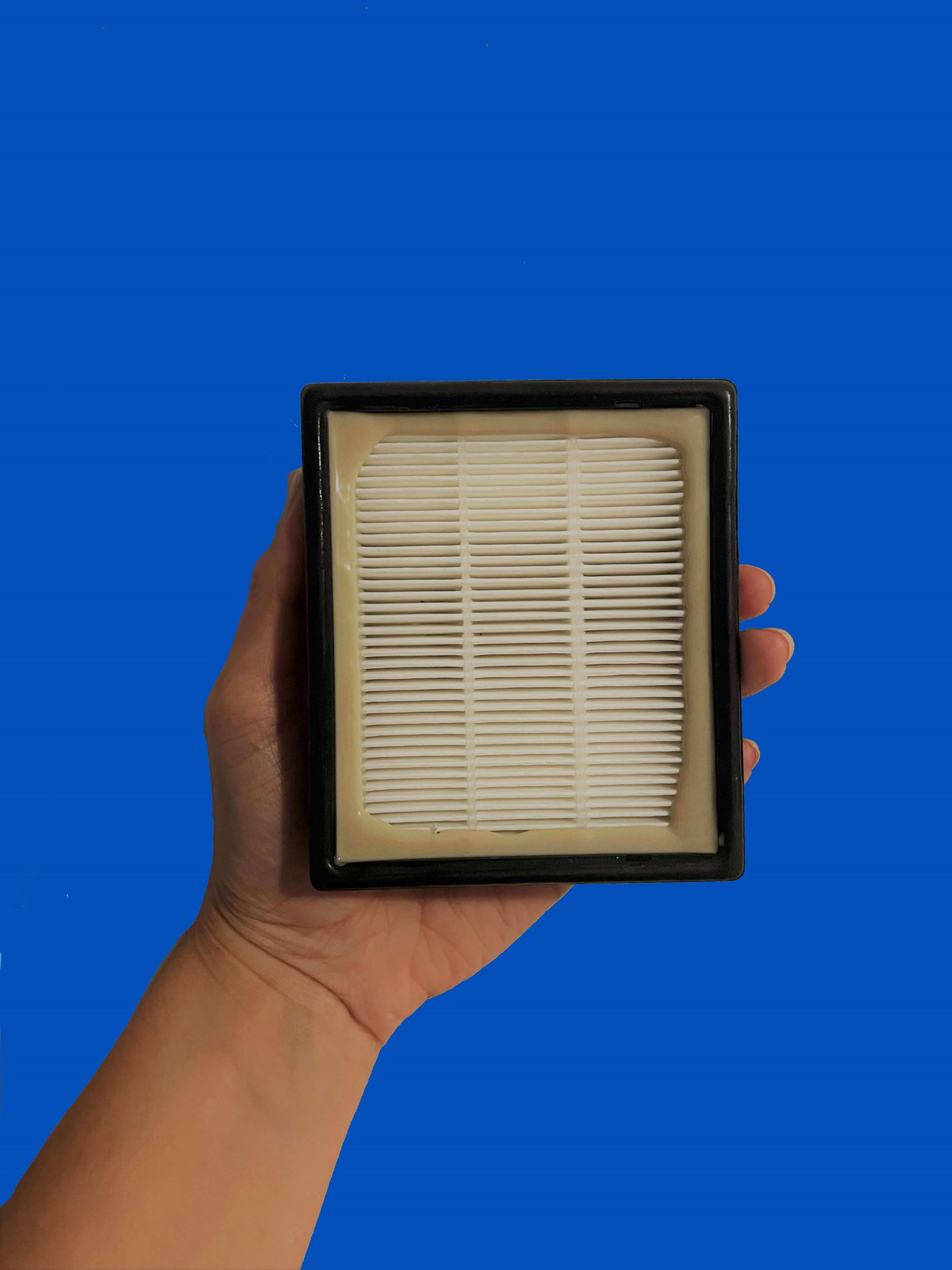
What is a HEPA filter and why is it so important?
HEPA filter stands for high efficiency particulate air filter, which removes over 99.9% of airborne particles. This includes dust, dust mites, mould, pollen, bacteria and it can even remove COVID particles from the air. HEPA filters work by pushing air out through a fine mesh, which traps these harmful participles, stopping them from being released back into the atmosphere.
Every household appliance which either absorbs or extracts air, needs to have a circulation system, and therefore, a filter. Air conditioning systems and hairdryers have them and of course, so do vacuum cleaners.
HEPA filters in vacuum cleaners
When we think about buying a new vacuum, we probably consider its suction ability, size, accessories, or flexibility. But how often do we think about the filter? Often not at all. We use vacuum cleaners to remove dirt and dust from indoors, which is why it’s vital that they have a decent filter in place. Otherwise, your vacuum will release those dirty particles right back into your home. After a period of time, the filter will also lose its strength and cease to block all the harmful bacteria getting back out into the air. This is why you must change the HEPA filter regularly, to ensure it works to its best ability.
How often should you change your vacuum filter?
So, how often should we change the HEPA filter in our vacuum cleaners? It really depends on the amount of use it gets, but for an average household vacuuming 1-3 times per week, the ideal frequency to change your filter is once per year. Don’t worry if you have never changed the filter before, many people are not even aware of the filter let alone how often it needs changing. However, the filter is very important and replacing it will help to purify the air in your home. If anyone in your household happens to suffer from allergies, especially dust, animal fur or pollen, we recommend changing it every 6-12 months, or whenever you notice increased allergy breakouts.

